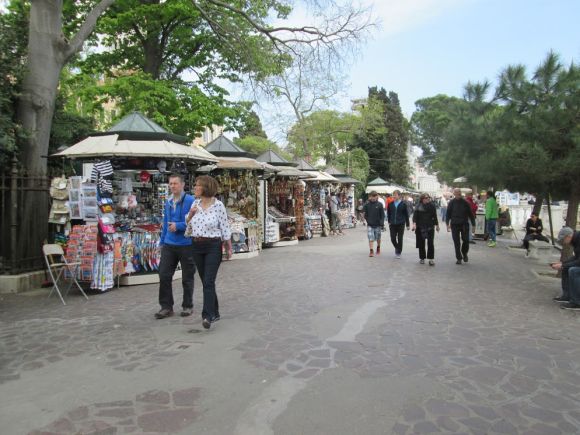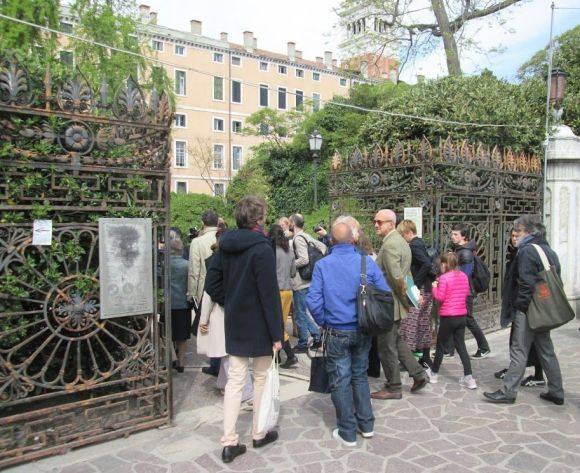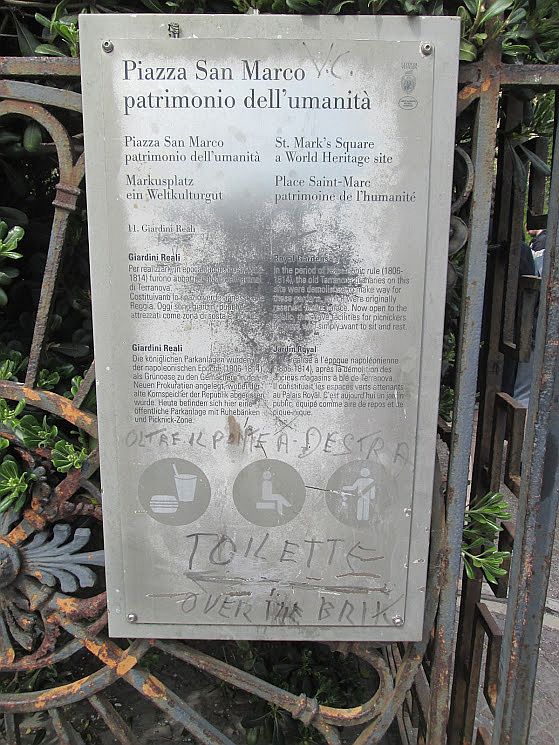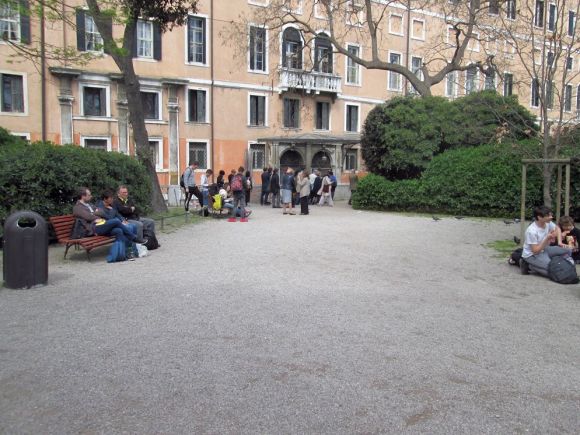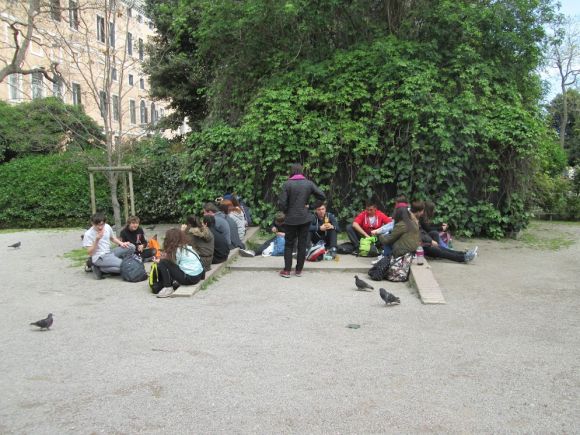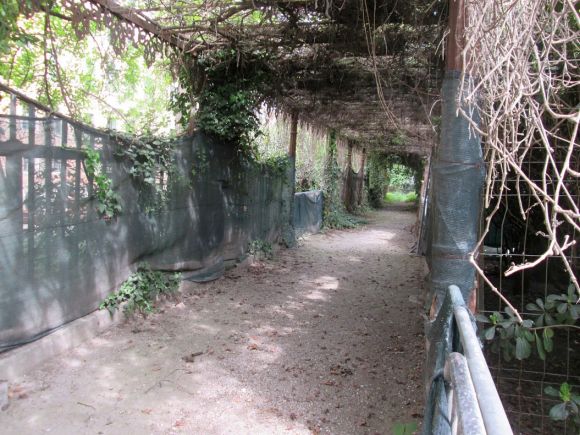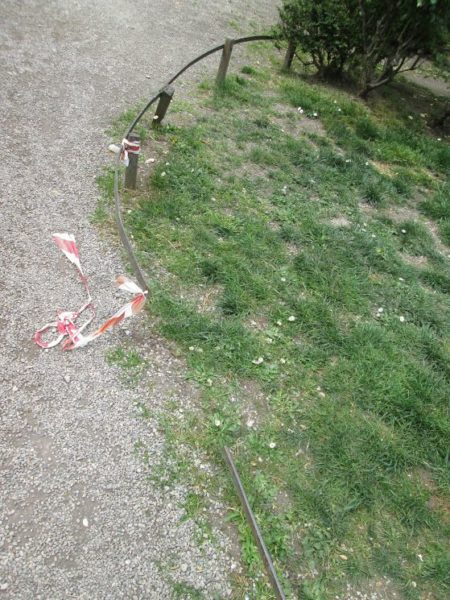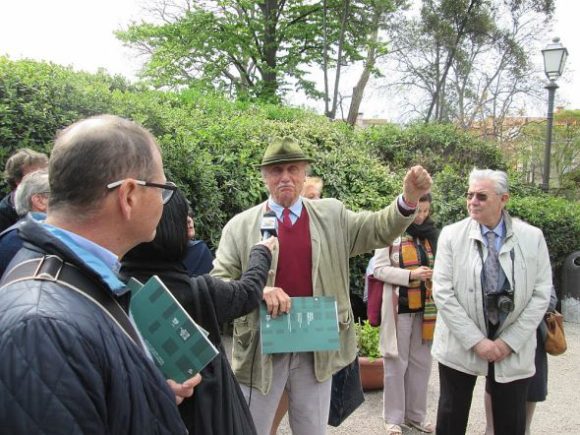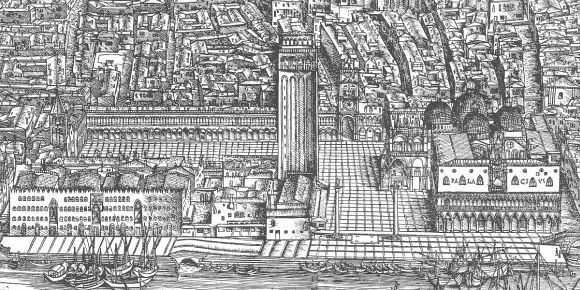
Aerial views of Venice reveal an unsuspected abundance of gardens and parks, which aren’t always apparent to the wanderer of the brick- and stone-walled streets. But one garden cum park is so obvious that I wonder how many people are even aware of it. Those who are, though, have long been disappointed, and like so many things that ought to be done but somehow aren’t, the Giardini Reali stretching between the Piazza San Marco and the lagoon have spent years in quiet, despairing decline.
Once or twice a year, an article would appear in the Gazzettino urging the campers and backpackers and picnickers who bivouac in the Piazza to avail themselves of the green space — with benches, even! — where they could munch and relax. But either the message didn’t get across, or many people looked through the rusty gate at the dusty, gravelly area which once was a garden and now had more of the atmosphere of an abandoned parking lot in Buffalo and had second thoughts. Dust in the summer you can sort of put up with, but a mid-day garden which affords NO SHADE is very hard to make appealing.
In any case, tell the truth: Did you have any idea there was a garden there?

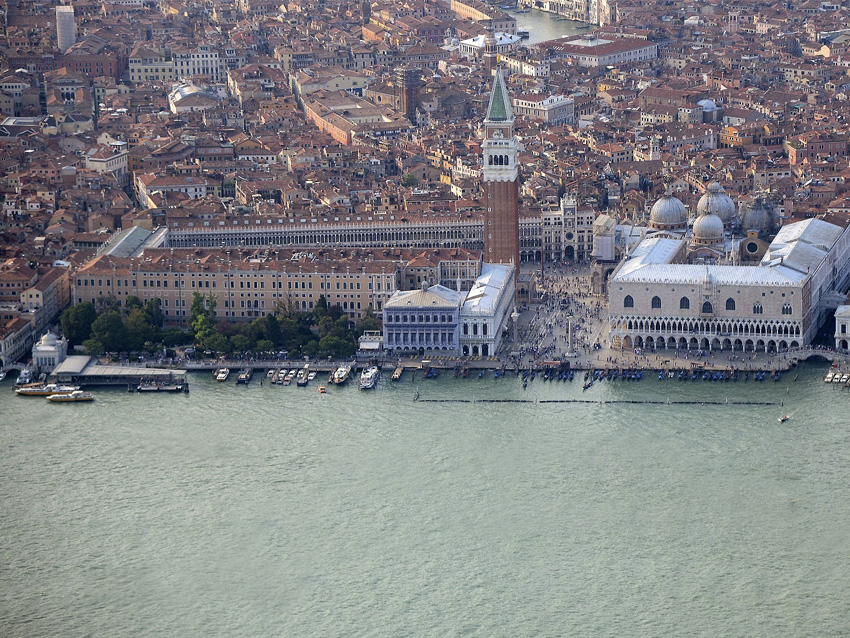
But I’m here with good news: The garden is coming back, with flowers and a fountain and SHADE. At least those are the glad tidings announced at a press conference last Friday by the Venice Gardens Foundation (which is new — you haven’t somehow missed it, but its website will compel you to brush up on your Italian), an ambitious undertaking launched with lavish funding from the Generali Insurance Company.
The “Royal Gardens” (your first hint that they do not date from the days of the non-royal doges) were created by the wish of Napoleon in 1806 according to a design by Giovanni Antonio Antolini. When he wasn’t razing and demolishing swathes of Venice, Napoleon was transforming them. No sooner had he turned the Procuratie Nuove into the Royal Palace than he commissioned an adjoining garden, because as we all know, a palace must have a garden. Just look at Versailles. Napoleon may have been all about egalite’, but only up to a point.
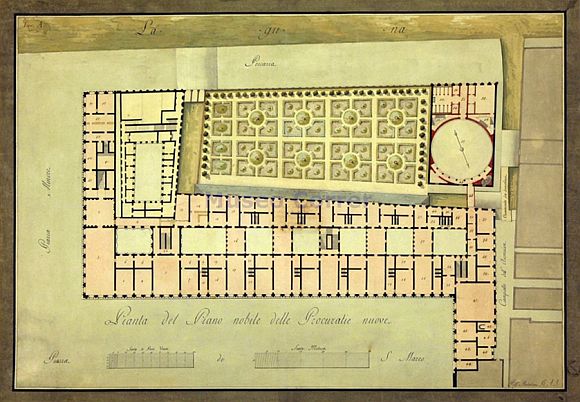
So a garden was decreed and so it was, and so it continued under the Austrian occupiers and on into the epoch of the Republic of Italy, when I suppose the nervous sensation that no ghe xe schei to maintain it began to be felt.
Now we’re here and the garden will bloom again, in the form of a return to the classic design (with a few modifications) by Paolo Pejrone, one of the most celebrated landscape architects in Italy, if not the world. Meanwhile, architect Alberto Tosello will restore and re-pristinate, as the fabulous Italian verb comes out, the suffering buildings of the Padiglione Santi (another architect, not a batch of saints) — a small classic temple often identified as Palazzina Selva — the hothouse, and the sadly decrepit pergola. And the disconsolate rusty gates. Not to mention the long since seized-up old metal drawbridge.
Here is how Paolo Pejrone describes how his work will look (translated by me): “…one can imagine a garden of abundance and coolness, rich and luxurious…On the whole it won’t be a flower garden, except for the wisteria and trumpet vines, the agapanthus, some clerodendrum and hydrangeas; all suffused with a light spirit, with colorful and sometimes perfumed intervals in an elaborate and yet simple garden of leaves… It will be a triumph of leafy green, a play of transparency and shadows: every kind of leaf, thin and ribbon-like, supple and broad, glossy, leathery, or fluffy and opaque. The Gardens will proudly overbrim in every moment of the year…” It sounds divine, especially the part about the SHADOWS. It practically sounds like a stretch of the Amazon lowlands.
All this should be ready for the pleasure of everybody in the second half of 2018. Perhaps just in time for the first snowfall, but no matter. It will be beautiful again, that’s the point. And if tourists keep deciding anyway to fire up their camp stoves to cook lunch in the Piazza San Marco (not made up), or sprawl across the steps near the Caffe Florian to gnaw their sandwiches instead of reposing briefly in what should be a delectable little nook of leafy green, it certainly won’t be anybody’s fault but their own.
